ThingLinkStudents can use ThingLink to make interactive reports, digital portfolios, tagged maps, learning summaries, interactive book talks, talking artwork, history projects, study guides, and much more. Students can add tags to images using ThingLink. Tags can be web links, comments, photos, or videos. ThingLink is a free iPad app and it’s also a website. Saving a ThingLink project requires an account because saved projects are posted on ThingLink.com. ThingLink.com provides embed code so you can showcase projects on your own website. | VideoliciousStudents can make documentary and news segment style films with Videolicious Students can record themselves giving a short introduction and then easily cut to a series of images and videos. The filming can return back to the student who can then record a short conclusion. The free version of Videolicious has a time limit of 60 seconds. The time constraint can actually push students to include only the most important or interesting details. |
Stick Around | Pic Collage |
| Students turn what they know into a puzzle with the Stick Around app. Puzzles are made in three steps:
| Use PicCollage to combine photos, YouTube videos, funky fonts, sassy stickers and cute cutouts to create the prettiest collages you'll ever see on a mobile device. This would be a great substitution for project boards and PowerPoint presentations, and could eliminate cutting and pasting on poster boards. |
| Whether it's a breakthrough business idea, a photo slideshow for your blog, or a mini manifesto, we know you have amazing stories to tell and ideas to share. Haiku Deck helps you find your creative flow. With Haiku Deck, we set out to reimagine the experience of creating and sharing presentations. We wanted to make it incredibly simple for anyone to produce flawlessly beautiful slides, with minimal time and effort. We took a mobile-first approach to ensure that content creation on the iPad would be both practical and elegant. Puppet Pals HD Puppet Pals HD offers an easy way for kids to create and record their own storytelling scenes and develop fun voice-acting skills. Simply tap "Press to Start" and choose up to eight themed, move-able sticker-like characters from the available theme packs (in-app purchase required for most). Next, select up to five backgrounds. Swipe and pinch to place, resize, and move the characters within the background. Tap to record audio or swap backgrounds, then save and give the performance a title. Puppet Pals can be incorporated into classroom lessons about about history, current events, science, storytelling, literary genres, and more. | Add your text, images, video, music and narration and use all of your content to tell the whole story. A great book deserves to be read. Share your books with friends and family in the way that suits you. You can also post pages from your book to Facebook and Twitter and show everyone what you're working on. http://www.redjumper.net/bookcreator/ |

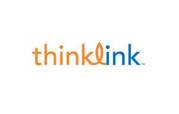

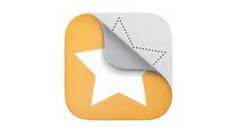
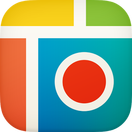




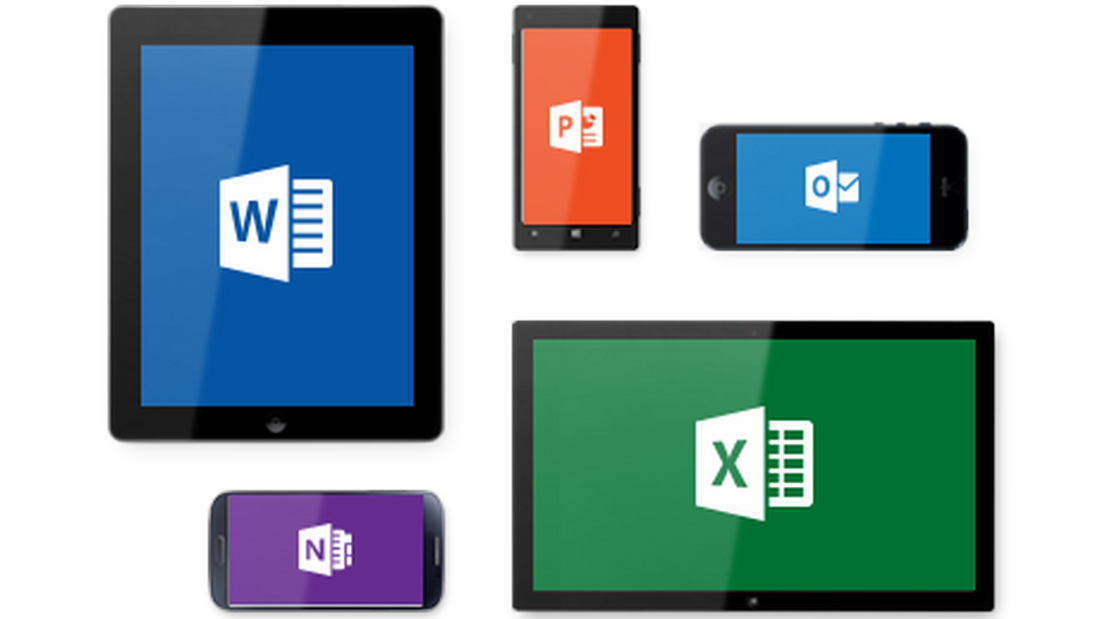
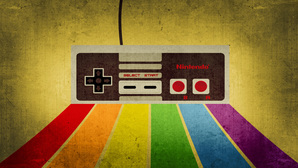



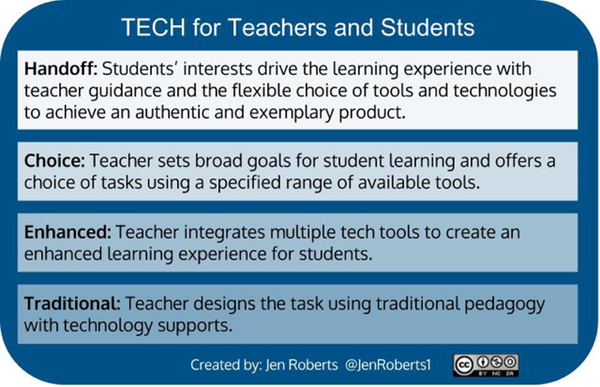
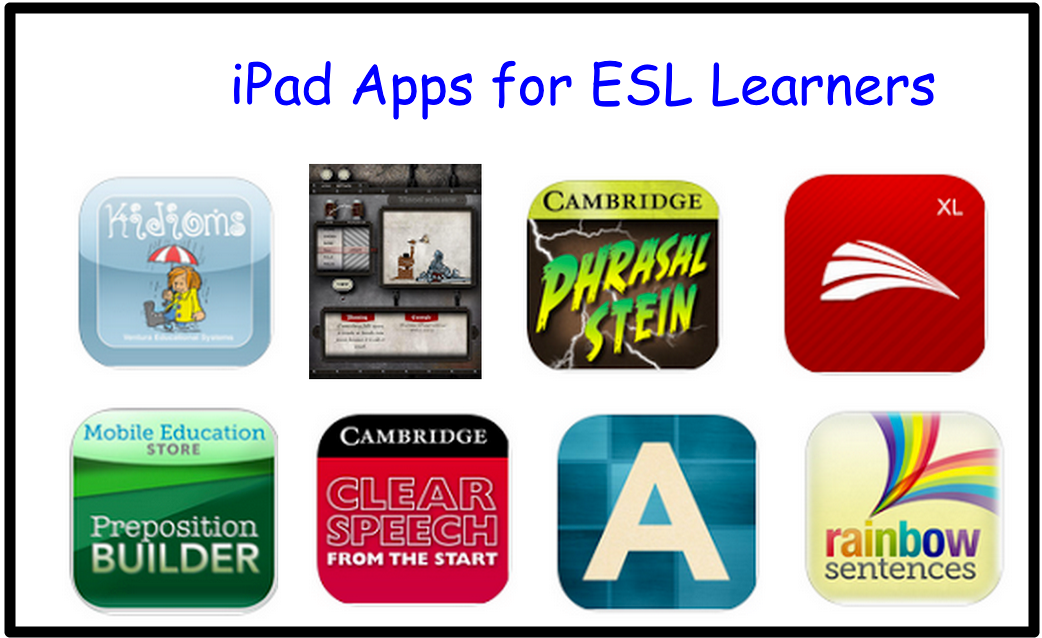

 RSS Feed
RSS Feed
